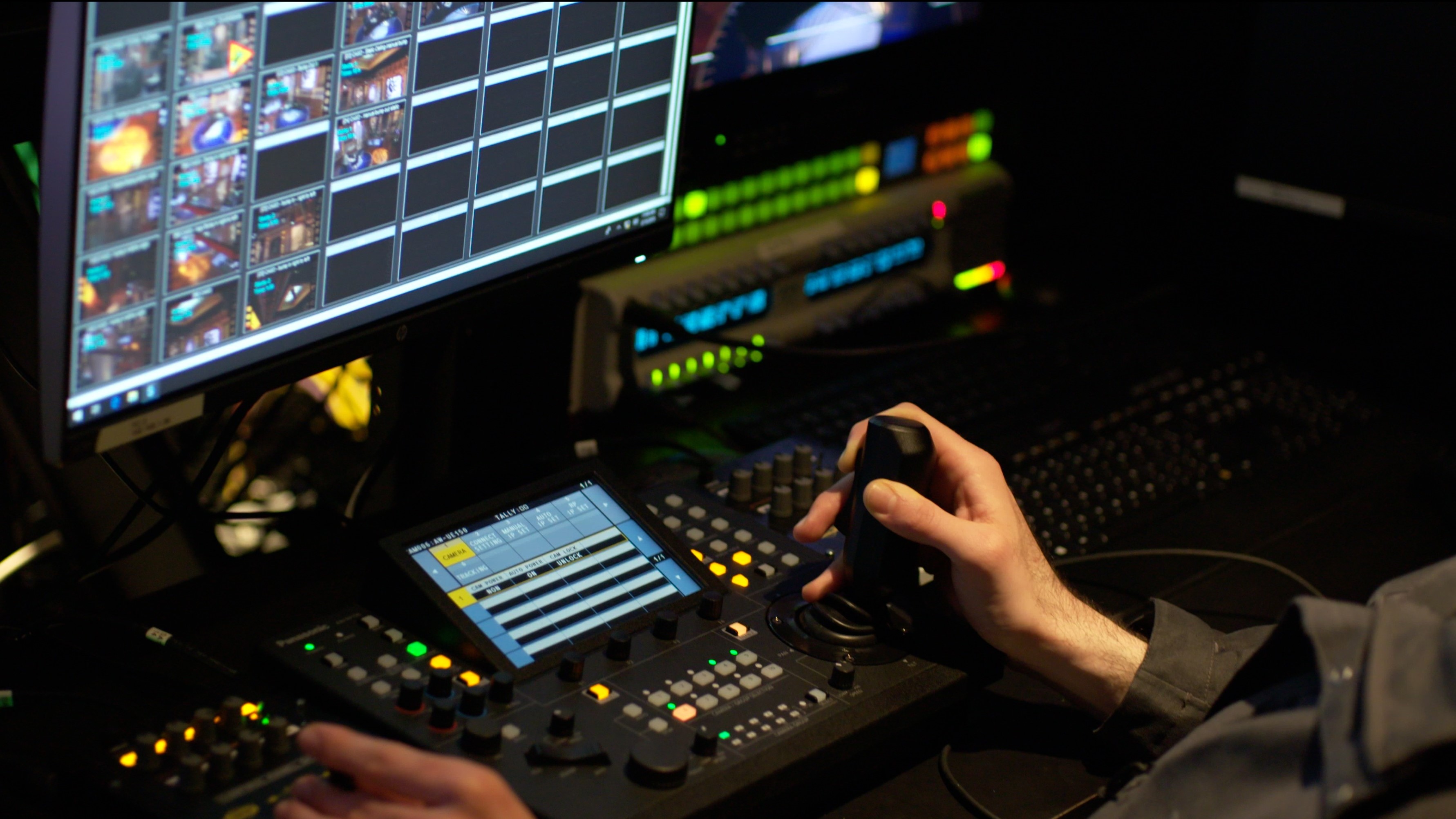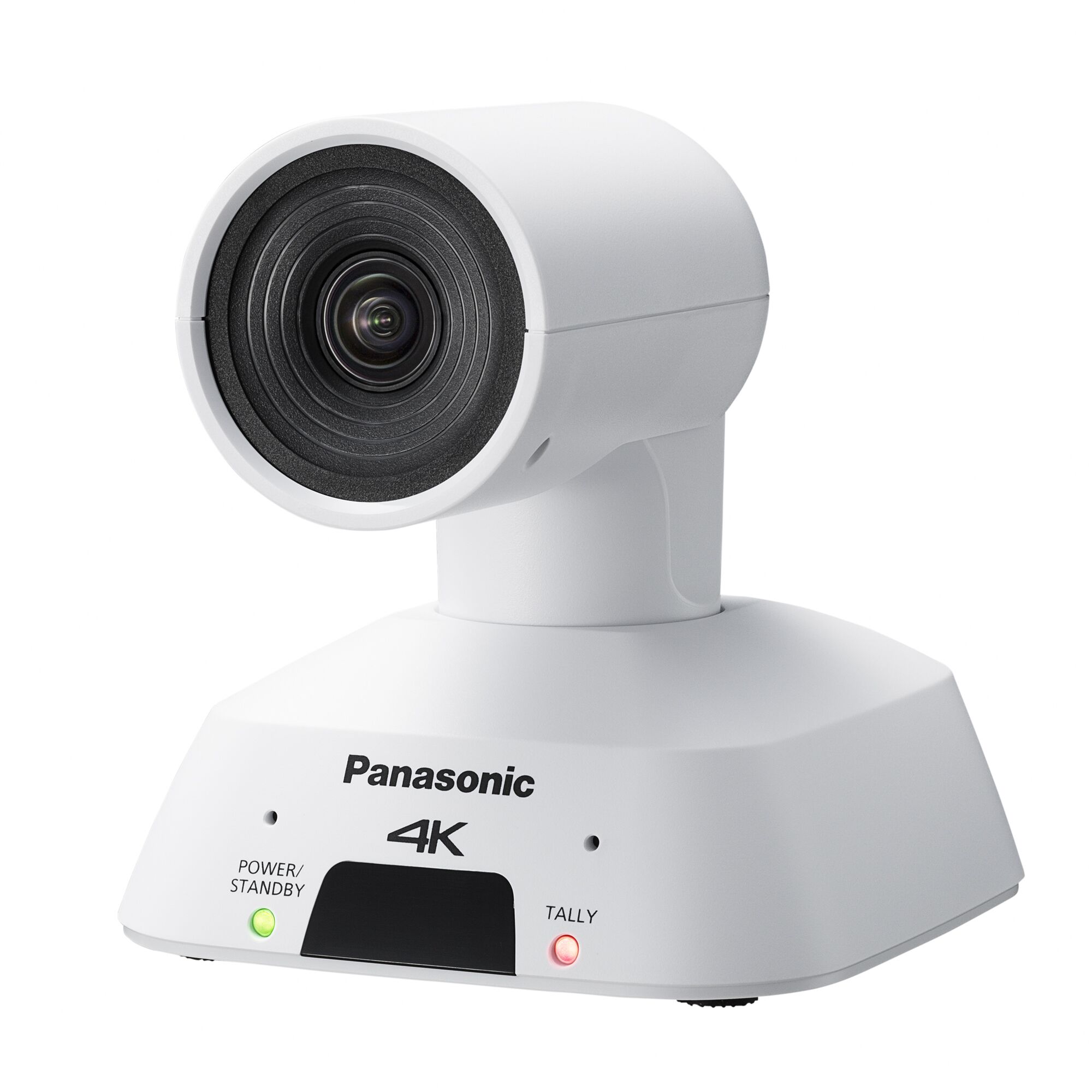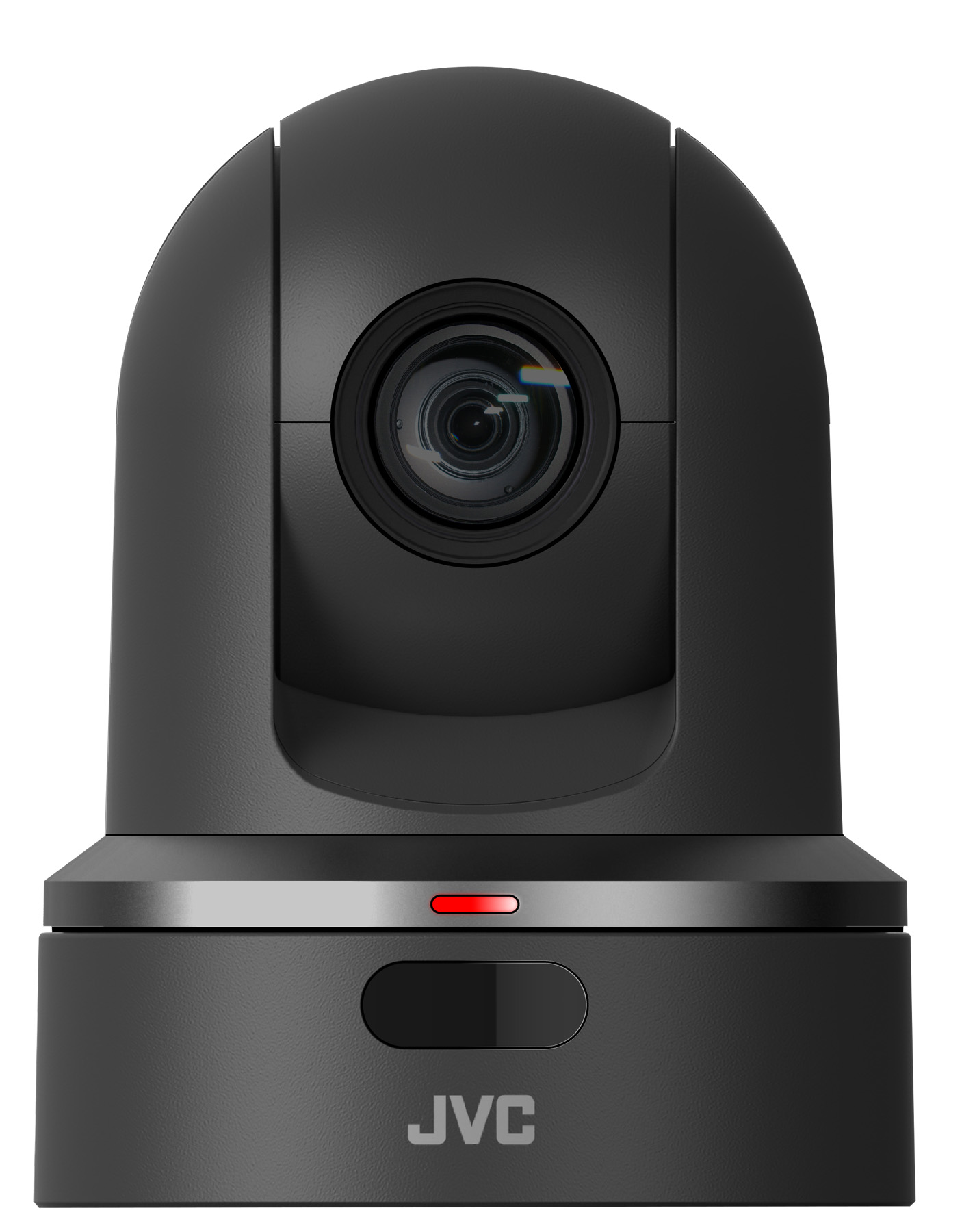PTZ Cams Go Small, But Have Growing Industry Reach
As productions downsize, PTZ cameras are there to meet demands

WASHINGTON—It’s not the size that counts, but how you use it. PTZ cameras—named such for their “pan, tilt and zoom” capabilities—are growing in popularity among broadcasters not in spite of their diminutive size compared to traditional broadcast cameras, but rather because of it.
PTZ cameras first cut their teeth mainly for surveillance, but they have become more popular in a number of other industries, including broadcasters who use them for specialized roles in certain productions. Now, as new technological capabilities are being added to boost the functionality and quality of these cameras, there is a growing acknowledgement that the cameras can come close to matching those of traditional broadcast cameras—some even think that they could eventually surpass them.
FITTING IN
We carry computers in our pockets every day in the form of our smartphones. Technology has gotten smaller, and as a result more adaptable as to where and how they can be used.
Even still, a traditional broadcast camera setup in a production studio will often require things like a pedestal, dolly, jib and a camera operator for dynamic movements. PTZ cameras, on the other hand, have built-in capabilities that can mimic some of those movements without the size restrictions.
“Most [PTZ cameras] are compact, they’re small,” said Hamid James, a product manager at Panasonic. “You still need equipment to support a PTZ camera, but not the same level that you would the traditional camera. So it helps them save on space.”

That can be true in a traditional studio space, but PTZs are also proving beneficial in places that don’t have the space to begin with. Podcasts and radio stations looking to create videos or live simulcasts have often utilized that type of strategy.
“You certainly see them more and more in really small studios, where they don’t want manned cameras,” said Drew Buttress, senior product manager, Sony Electronics. “So they’ll put a number of PTZs on tripods to give them different angles and different shots.”
Buttress also can see PTZ cameras, which already are used on occasion in sports productions, expand their role on the baseball diamond, basketball court, hockey rink or football field.
“You would potentially see PTZs where there’s not a lot of space in the actual broadcast boost with that talent calling the play-by-play,” he added. “So they might put a PTZ in there just to be able to take a live shot of the talent while the game or event is going on.” He does, however, think that high-end cameras will always be needed for top-end sports productions and larger shows.
A CHANGING WORKFORCE
Broadcasters’ operating costs are in many cases not what they used to be—many have had to downsize their budgets, their staff and their workspace. All of which have a potential solution in the form of PTZ cameras.
“The evolution of broadcast as we know it is sort of in a ‘half-life’ right now, where traditional approaches to this are being replaced by much less expensive, more efficient ways to do things,” said Rush Beesley, president of RUSHWORKS, a Dallas-based provider of production automation technology. “That’s just the nature of the market.”
Beesley believes that for broadcasters facing those constraints, it is only practical that they look toward robotic, PTZ cameras, which in addition to being generally less expensive than traditional broadcast cameras, do not require individual camera operators. A particular example of this, he sees, is with news production.
“It’s a repetitive model that happens every day, multiple times a day, and it just makes perfect sense to have robots there because if you think about what’s going on, the studio may have one or up to four sets in a 360-degree circle,” Beesley said. “If the cameras are mounted properly and used properly you can block the shots.”
“PTZ cameras lend themselves to be a little more flexible than the traditional set,” James added.
The move to more unmanned studios is a change that doesn’t appear to be changing any time soon, according to Buttress.
THE FUTURE
These are the basic elements of PTZ cameras that have helped them grow in popularity among broadcasters, but new technology that could boost resolution and functionality will help determine just how far PTZs can grow within the industry.
The biggest argument for traditional cameras is that their resolution quality cannot really be matched. However, while PTZ cameras are not at the same level, the differences to viewers is miniscule, to the point where people at home can’t really tell the difference, says Beesley.
“The gap is definitely narrowing, but there is still a gap,” said Edgar Shane, general manager, Engineering, JVC Professional Video. He points to recent upgrades to better sensors and higher signal-to-noise ratio. “PTZ cameras are pretty good today and perhaps they will be better tomorrow.”
The main question with resolution in PTZ cameras is two-fold: getting the necessary equipment for 4K-quality images in their compact frames, and the ability to create appropriately-sized lenses.

The transmission of information is also a key part of these cameras’ development. There has been a big push for PoE technology being added to PTZs, with NewTek NDI IP technology a popular option. Broadcasters also have a keen eye on the development of the SMPTE ST 2110 video over IP transport standard. Buttress says that Sony has its bases covered with either, embracing 2110 in system cameras, while also having NDI-ready cameras.
It is pretty much unanimous that PTZs are a growing part of the broadcast industry, but their potential is still up for debate.
“The incline will be relatively shallow,” said Beesley. “It’s made a lot of increases recently because of things like the NDI/PoE, but past that I don’t see vertical ascension as there is in so many other areas of technology.”
Shane, meanwhile, thinks it’s just about someone connecting the dots: “I’m pretty sure a talented designist will try to bridge this gap between the high-end PTZ and broadcast cameras. And when they do that becomes an interesting product.”
“Honestly, I don’t see limitations in the PTZ camera market, I see an industry that is growing and will continue to grow,” James adds. “Those box cameras, if they don’t adjust or adapt, the PTZ cameras are going to overtake it.”
This story was taken from TVT's eBook "Guide to PTZ Cameras," which is available for download.
Get the TV Tech Newsletter
The professional video industry's #1 source for news, trends and product and tech information. Sign up below.
